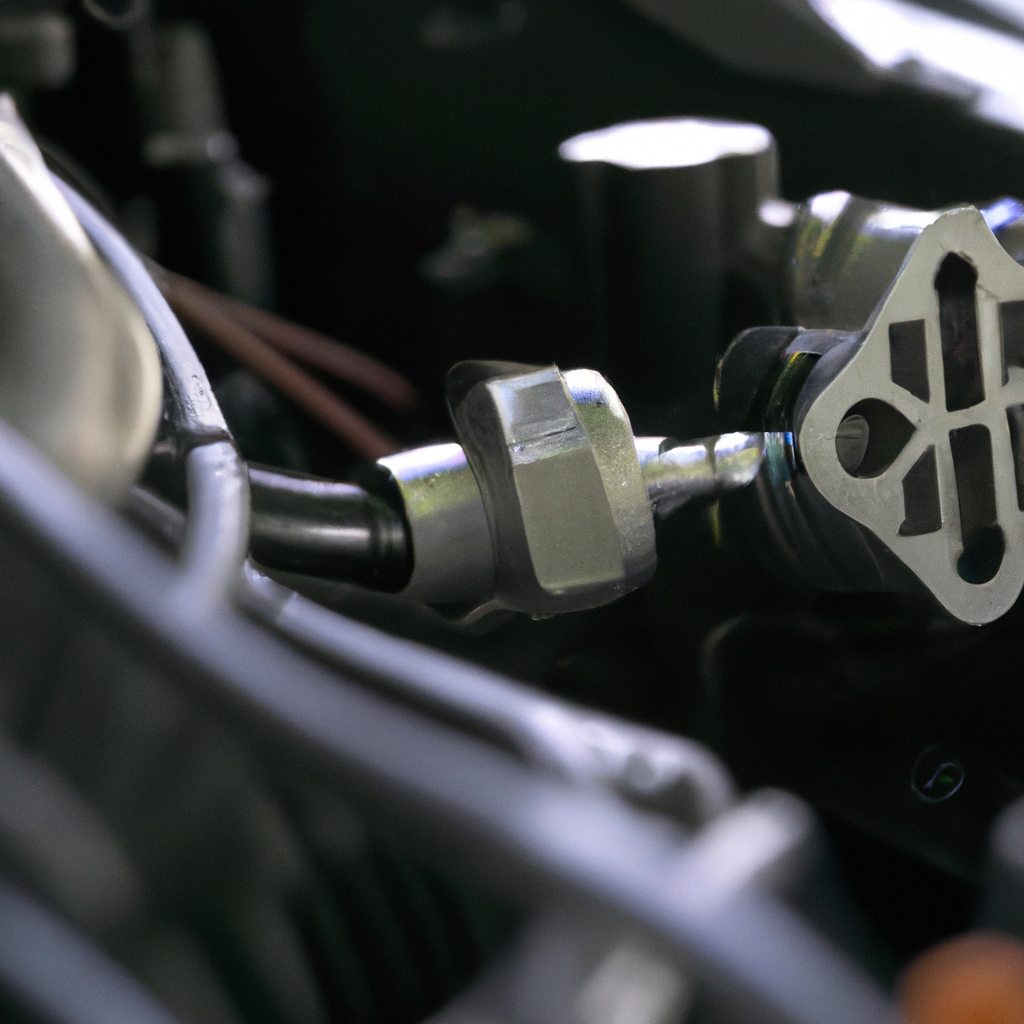Power steering systems are an essential component in modern cars. They help drivers to steer their vehicles with ease, making it possible to navigate tight turns and park in tight spaces. However, not many people understand how power steering systems work. In this article, we will explore the different types of power steering systems, how they work, and their benefits.
Types of Power Steering Systems
There are two main types of power steering systems, namely hydraulic power steering and electric power steering.
Hydraulic Power Steering
Hydraulic power steering is the most common type of power steering system in vehicles. It uses a hydraulic pump to generate pressure that assists the driver in turning the steering wheel. The hydraulic pump is driven by a belt connected to the engine.
The hydraulic pump works by forcing hydraulic fluid through a series of hoses and valves to the power steering unit. The power steering unit contains a rack and pinion gear that converts the rotational motion of the steering wheel into linear motion that turns the wheels. The hydraulic fluid exerts pressure on the power steering unit, making it easier for the driver to turn the steering wheel.
Electric Power Steering
Electric power steering is a newer technology that is gradually replacing hydraulic power steering in modern vehicles. Unlike hydraulic power steering, electric power steering uses an electric motor instead of a hydraulic pump to assist the driver in turning the steering wheel.
The electric motor is connected to the steering column and uses sensors to detect the amount of force applied by the driver on the steering wheel. The motor then applies an appropriate amount of torque to the steering column to assist the driver in turning the wheel.
How Power Steering Systems Work
Power steering systems work by assisting the driver in turning the steering wheel. When the driver turns the steering wheel, the power steering system generates a force that makes it easier to turn the wheels. This force can either be hydraulic or electric, depending on the type of power steering system.
Hydraulic power steering systems work by generating pressure through a hydraulic pump that assists the driver in turning the steering wheel. The pressure is transmitted to the power steering unit, which converts the rotational motion of the steering wheel into linear motion that turns the wheels.
Electric power steering systems work by detecting the amount of force applied by the driver on the steering wheel. The electric motor then applies an appropriate amount of torque to the steering column to assist the driver in turning the wheel. This torque can be adjusted based on the speed of the vehicle and other factors.
Benefits of Power Steering Systems
Power steering systems offer several benefits to drivers, including:
1. Easier Steering
Power steering systems make it easier for drivers to steer their vehicles, especially at low speeds. This is particularly useful when parking in tight spaces or navigating through narrow streets.
2. Improved Handling
Power steering systems improve the handling of vehicles by making it easier to turn the wheels. This is especially important in emergency situations where quick and precise handling is necessary.
3. Reduced Driver Fatigue
Power steering systems reduce driver fatigue by reducing the amount of effort required to turn the steering wheel. This is particularly beneficial for drivers who spend long hours on the road.
Conclusion
Power steering systems are an essential component in modern vehicles. They make it easier for drivers to steer their vehicles and improve handling and safety. There are two main types of power steering systems, hydraulic and electric, each with its unique advantages and disadvantages. By understanding how power steering systems work, drivers can appreciate the technology that makes driving safer and more comfortable.







